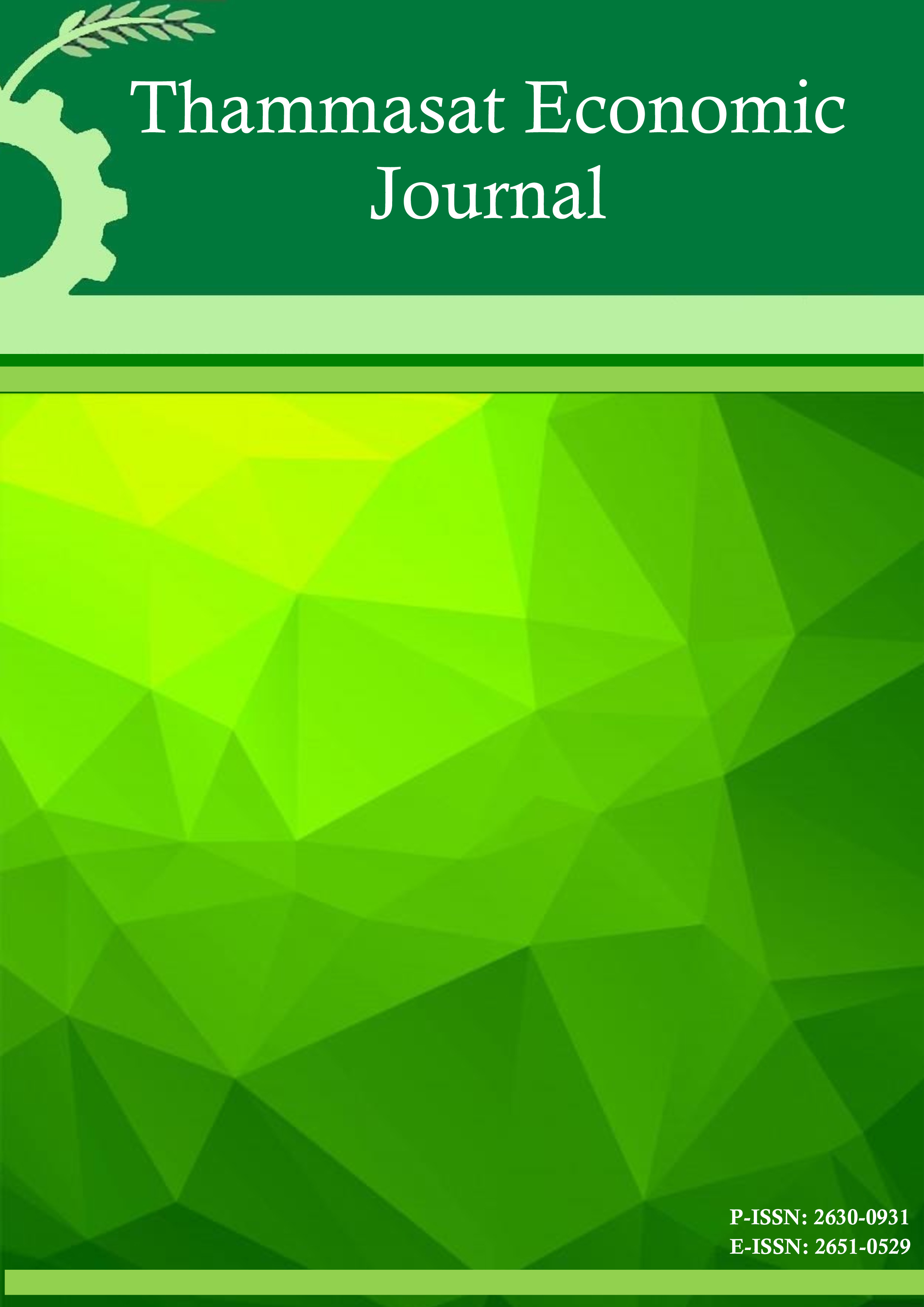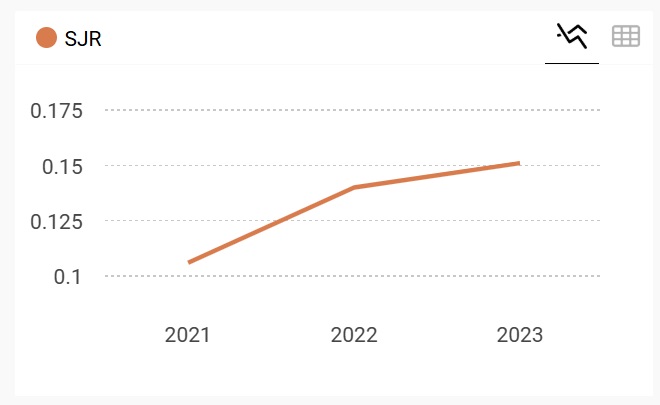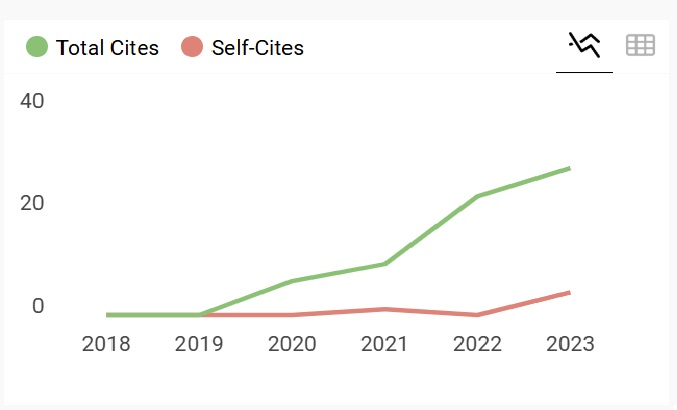The Role of Border Trade on Income Distribution and Poverty in Chiang Rai Province
Keywords:
Border Trade, Income distribution, Poverty, Chiang Rai ProvinceAbstract
This research has three objectives. First, it examines the incidences of income distribution and poverty in Chiang Rai province. Second, it investigates an influence of Chiang Rai’s border trade to income disparity and poverty. Third, it reviews a role of government sector on correcting the income inequality and poverty. The research methodologies uses for analyzing poverty are the FGT index and the Logistic model. Whereas, the Generalized Entropy index and the regression-based inequality decomposition and used for analyzing income distribution. The results found that the most of households involved in border trade lived in border area. They have average income higher than households not involved in border trade by 4 times. Moreover, border trade is a factor contributing to overall income inequality about 5.59 percent followed by education level and proportion of worker in household respectively. According to poverty analysis, poverty proportion in border area is more than non-border area. The households involved in border trade have less possibility to be a poor about 8.34 percent. However, the relationship between living in border area and poverty had not found. The results from in depth interview from government officials indicated that policies relating to resolve income inequality and poverty come from the central government which concentrated on a job promotion by general training for increasing household income. There are a small number of agencies to give directly training on border trade. These findings lead to policy implication that the government should implement pro-poor policies by improving an opportunity of the poor to access high quality education and training relating to border trade. Because they would help to distribute gains from border trade more equally and reduce poverty situation simultaneously.
References
2. สมนึก สมชัยกุลทรัพย์. 2547. การจาแนกองค์ประกอบแหล่งที่มาของความไม่เท่าเทียมกันในการกระจายรายได้ของประเทศไทย เปรียบเทียบระหว่างก่อนและหลังการเกิดวิกฤติเศรษฐกิจ ปี 2540. วิทยานิพนธ์ปริญญาโท, มหาวิทยาลัยธรรมศาสตร์.
3. สานักงานคณะกรรมการพัฒนาการเศรษฐกิจและสังคมแห่งชาติ. สถิติความยากจนและการกระจายรายได้. (Online) Available: http://www.nesdb.go.th, 2552.
4. สานักงานคณะกรรมการพัฒนาการเศรษฐกิจและสังคมแห่งชาติ. ผลิตภัณฑ์มวลรวมรายจังหวัด. (Online) Available: http://www.nesdb.go.th, 2552.
5. สานักงานพาณิชย์จังหวัดเชียงราย. สถิติการค้าชายแดนของจังหวัดเชียงราย. (Online) Available: http://www.moc.go.th, 2552.
6. สานักงานสถิติแห่งชาติ. แผนที่ความยากจนประเทศไทย. (Online) Available: http://www.nso.go.th, 2552.Bigsten et al. Growth and poverty in Ethiopia: evidence from household panel surveys. World Development. 31(1), pp.87 – 106, 2002.
7. Bigsten, A., B. Kebede and A. Shimeles. Growth and poverty in Ethiopia: evidence from household panel surveys. World Development. 31(1), pp.87 – 106, 2002.
8. Chakrabarti, A. Does Trade Cause Inequality?. Journal of Economic Development. 25(9):pp.1-21, 2000.
9. Chandoevwit, W., Y. Chalamwong and S. Paitoonpong. Thailand’s cross border economy: a case study of Sa Kaeo and Chiang Rai. In A. Myers and D. Wharton (Eds.). The Cross Border Economies of Cambodia, Laos, Thailand and Vietnam. Combodia Development Resource Institute, pp. 143 – 200, 2005.
10. Cheng, Y. A decomposition analysis of income inequality of Chinese rural households. China Economic Reviews. 7(2). pp.155-167, 1996.
11. Fields, G. and G. Yoo. Falling labor income inequality in Korea’s economic growth: patterns and underlying causes. Review of Income and Wealth, 46(2) June, 2000.
12. Haddad, L. and A. Ahmed. Chronic and transitory poverty: evidence from Egypt, 1997-99. World Development. 31(1), pp.71-85, 2002.
13. Jalan, J. and M. Ravallion. Determinant of Transient and Chronic Poverty. Evidence from Rural China. World Bank Policy Research Working Paper, 1998.
14. Khandker, S. and J. Haughton. Handbook on Poverty and Inequality. Washington, DC: World Bank, 2009.
15. Khontaphane et al. Impact of border trade in livelihoods Lao-Chinese border trade in Luang Namtha&Oudomxay provinces. Technicial background paper for the third national human development report, 2006.
16. Panpiemras,J., Y. Chalamwong and P. Bhuthong. Do location and border trade activity matter in the presence of cross-border economic integration?.TDRI Quarterly Review. June, 2007.
17. Paitoonpong, S. Thailand cross-border trade in the Great Mekong Subregion: some issues never solved. TDRI Quarterly Review. March, 2006.
18. Pual, S. Income sources effects on inequality. Journal of Development Economics. 73, pp.435-451, 2004.
19. Quentin Wodon and Shlomo Yitzhaki Inequality and Social WelfareA Sourcebook for Poverty Reduction StrategiesEdited by Jeni Klugman World Bank, 2002.
20. Ravallion, M. Looking beyond averages in the trade and poverty debate. World Development. 34(8): pp.1374 – 1392, 2006.
21. Spilimbergo A., J. L. Londoño and M. Székely. Income distribution, factor endowments, and trade openness. Journal of Development Economics. 59(1) pp.77-101, 1999.
22. Winters, A. Trade Liberalisation and Poverty: What are the Links?. The World Economy. 25(9), pp 1339-1367, 2002.
23. Xu, L. C. and H. Zou. Explaning the changes of income distribution in China. China Economic Review. 11: pp.149-170, 2000.









